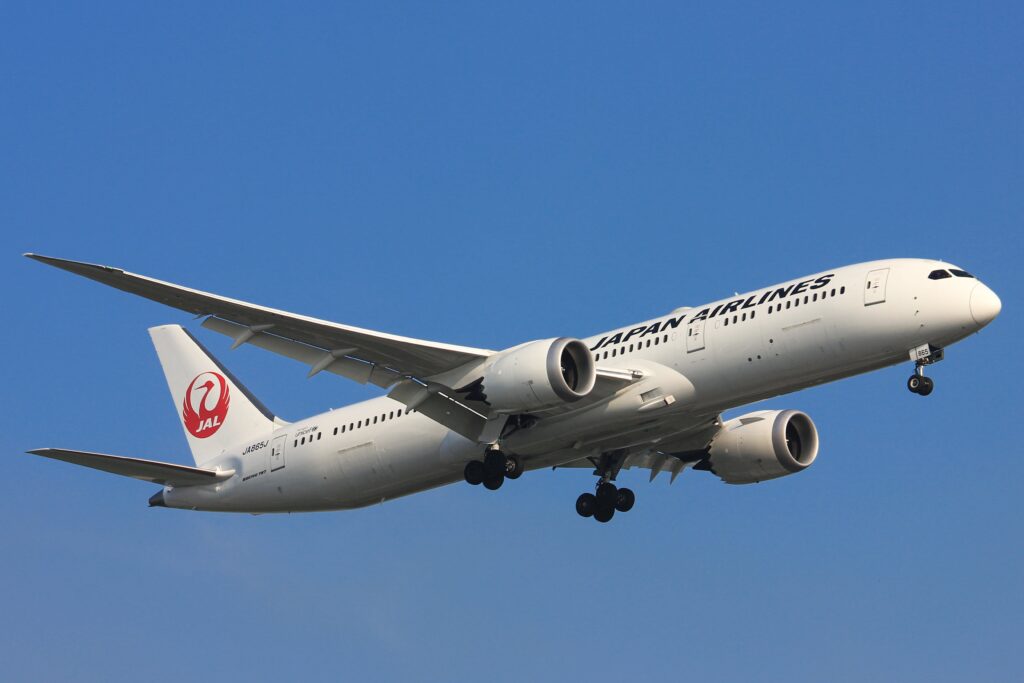In the annals of aviation history, Boeing has long been synonymous with innovation, reliability, and technological prowess. However, recent years have witnessed a stark departure from the company’s storied legacy, as it grapples with a series of setbacks that have sent shockwaves through the aerospace industry. This blog delves into the multifaceted factors contributing to Boeing’s descent from its once-unassailable position, dissecting the intricate web of decisions, oversights, and external pressures that have collectively driven one of the aviation giants to the brink.
737 Max Debacle: A Fundamental Flaw in Design and Oversight
At the heart of Boeing’s troubles lies the ill-fated 737 Max, an aircraft that was intended to be a game-changer but ended up being a catalyst for disaster. The two crashes involving the 737 Max in 2018 and 2019, leading to the loss of 346 lives, exposed a critical flaw in the aircraft’s design – the Maneuvering Characteristics Augmentation System (MCAS). This automated system, intended to prevent stalls, instead became a ticking time bomb, triggering nosedives due to faulty sensor data.
The aftermath of these tragic incidents unveiled a disturbing picture of compromised safety standards, inadequate oversight, and a rush to market. Boeing’s failure to communicate the potential risks of the MCAS to pilots, regulatory authorities, and airlines eroded trust across the industry. The company’s response, marked by a lack of transparency and accountability, dealt a severe blow to its reputation, one from which it is still struggling to recover.
Cultural Shifts and Internal Strife: The Erosion of Boeing’s Ethos
Beyond the technical failures of the 737 Max, Boeing’s internal dynamics have been undergoing a seismic shift. The merger with McDonnell Douglas in 1997 ushered in a new era characterized by a focus on cost-cutting and short-term gains. The emphasis on shareholder value over engineering excellence gradually permeated the company’s culture, diluting the commitment to safety that had been a hallmark of Boeing’s identity.
Reports of undue influence exerted by financial considerations over engineering decisions underscore a systemic problem within Boeing’s organizational structure. The sidelining of engineers, who were once revered for their expertise, in favor of financial considerations has resulted in a culture where profit margins often took precedence over product integrity. This internal strife has, unfortunately, become a breeding ground for lapses in judgment and critical oversights.
Global Supply Chain Pressures: The Compromise of Quality Control
Boeing’s global supply chain, once a strategic asset, has become a double-edged sword. While outsourcing components to international suppliers promised cost efficiencies, it has also introduced vulnerabilities in terms of quality control. The reliance on suppliers for critical components has sometimes led to a compromise in the stringent standards that were once synonymous with the Boeing brand.
The need to meet tight production schedules and cost constraints has, at times, overshadowed the importance of maintaining rigorous oversight of the supply chain. Instances of subpar components making their way into Boeing aircraft have not only raised questions about the company’s commitment to quality but have also exposed the potential risks associated with a fragmented, globalized production network.
Conclusion:
Boeing’s descent from the zenith of the aerospace industry serves as a cautionary tale for corporations across sectors. The 737 Max crisis, coupled with internal cultural shifts and challenges in managing a sprawling global supply chain, has fundamentally altered the perception of Boeing as an industry leader. As the company strives to regain its footing, a holistic reevaluation of its organizational culture, decision-making processes, and commitment to safety is imperative. Only through a concerted effort to address these underlying issues can Boeing hope to ascend once again and reclaim its position as a paragon of aviation excellence.








